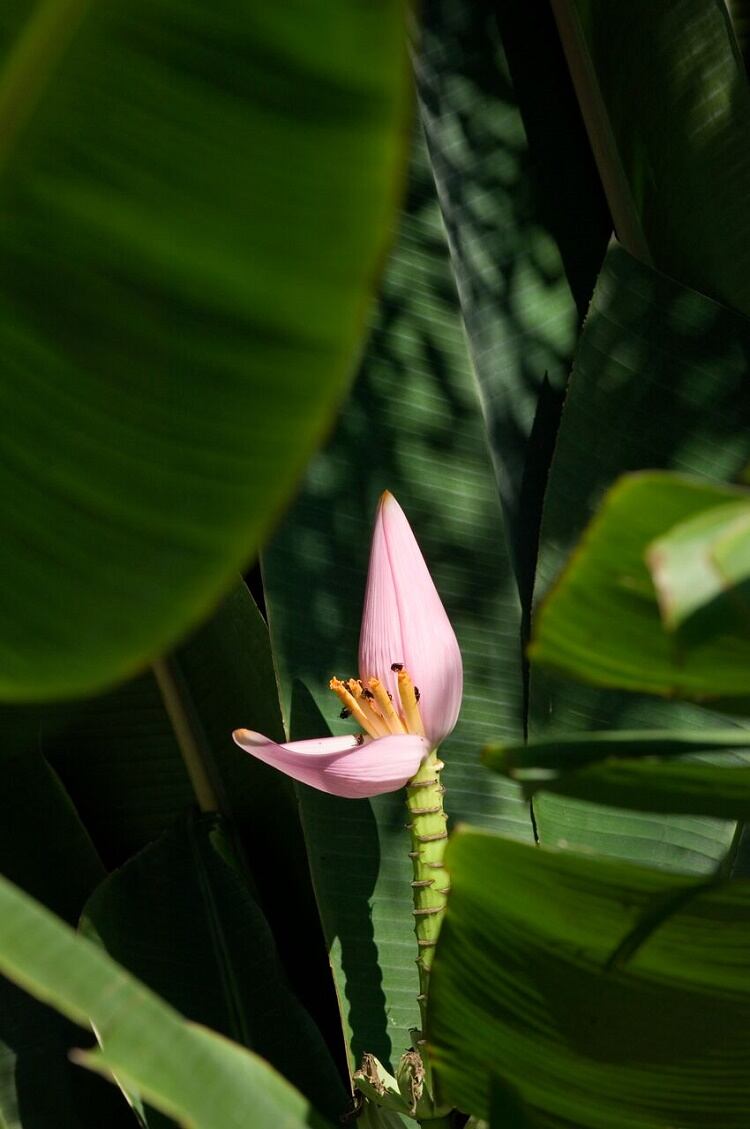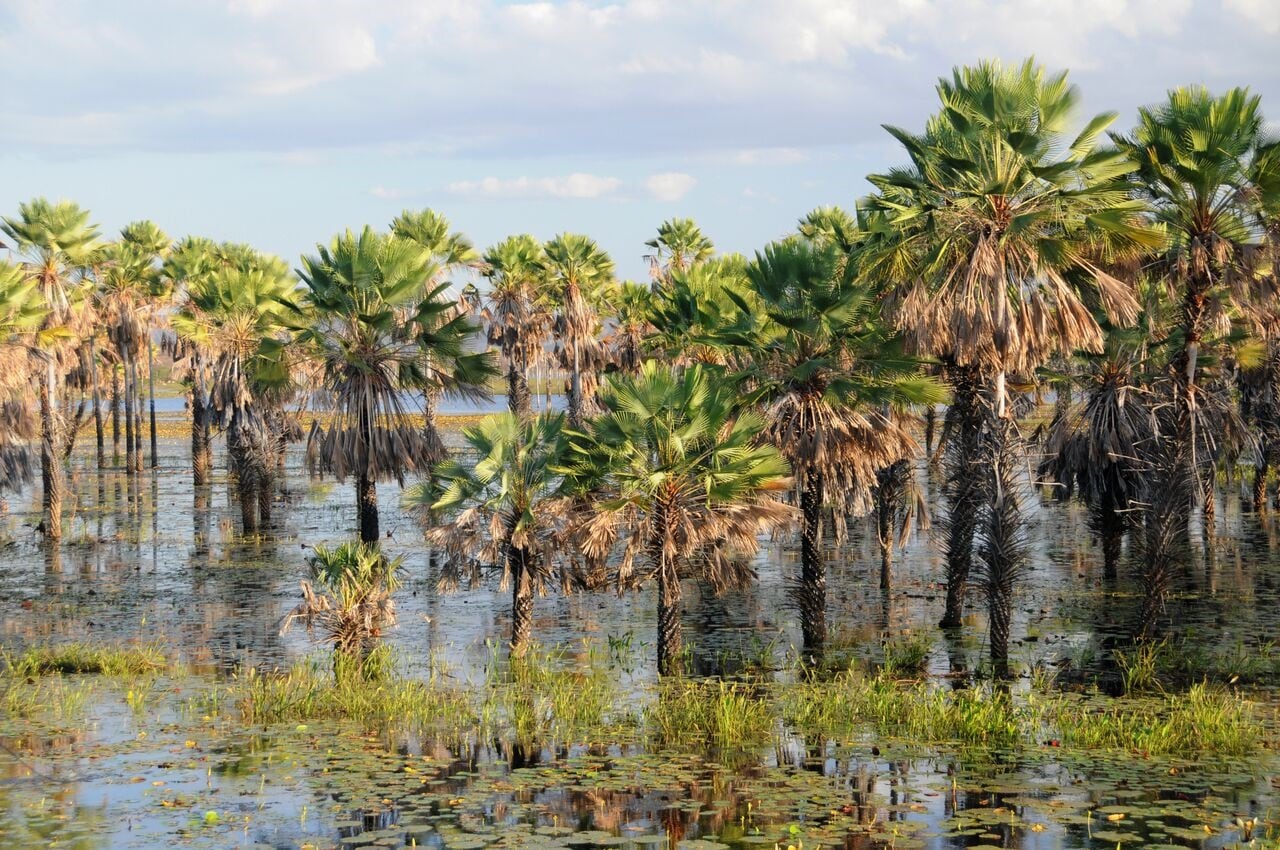Organic production in Brazil – best known for primary produce like acai berries, Brazil nuts and matcha tea – represents just 2% of the country's total production, according to the Brazilian National Council for Organic and Sustainable Production (Organis).
But Ming Liu, executive-director of Brasil Organics, a promotional industry-driven program created by Organis in 2005, said there were plenty of indicators towards future growth. Organic production units – a measurement used by the government to quantify and track companies, producers and associations involved in organics – for example, was growing at about 20-25% each year, he said, and there were plenty of opportunity gaps to tap into.
“We are still a very young market,” he told FoodNavigator-LATAM. “We regulated in 2011, whereas Europe was 2004 and the US 2001, although we have been producing organics since the '80s... But with the branding of organic and the growing interest among consumers – they want better quality products; they want security, they want health factors; they want traceable products – we are still finding a way to fit into this market demand,” he said.
Beyond nuts and berries...

In particular, Liu said industry was struggling to move beyond primary produce and into secondary organic production – manufacturing value-added organic items like cereal bars and snack products etc.
“If we don't add value to the products, we will not develop the whole sector; we cannot just stay on primary products...We see that the demand for organic products, not only in Brazil but worldwide, is growing but we're still struggling in how the secondary sector, which adds value to products, fits into a place where they still find low levels of production.”
The needs of the farmers and secondary processors had to be balanced, he said, especially when the farmers were so used to exporting high volumes out of Brazil.
Import and export regulations also made exporting one-item ingredients like nuts, oil, honey and acai berries the easiest option. And this export trade worked, he said, with Europe and the US both sourcing the likes of nuts, fruits and berries directly from Brazil to manufacture organic final products.
The potential for Brazil to start making its own organic products, therefore, was huge, he said.
“It's hard to make the wheel turn if you don't start from one point. The point we see to start from is generating added-value products and then you've got a lot of potential.”
Animal-based organics
Liu said that beyond developing secondary organic production, another sector brimming with promise was animal-based organics.
“The only sector that is still struggling and not growing at all is animal-based organic products. So, red meat, white meat, cheese, milk, dairy products – these are products that have been struggling because we have an extremely underdeveloped organic animal production sector.”
Whilst Brazil was a major exporter of red and white meat, he said the focus remained on volumes and cost – something that could not be achieved at the same level if producers shifted to organic.

However, he said there were hints of change in the market: “Nestle, for example, decided to start producing organic milk with their associate farmers. They started a pilot plan with 35 cattle growers to develop organic milk and I believe they paid a premium for the farmers to start.”
Whilst programs like this were a start, he said Brazil was a long way off shifting animal-production to organic simply because of major limitations in the development of organic feeds for the animals.
“100% of the corn is GMO; 100% of the soybean is GMO, so it's a real challenge for us to find out how we can convince farmers to shift from corn and soybean to organic. This is the biggest challenge, especially when you have the big, big companies like ADM, Bunge and Cargill in the commodities business and they're not really aiming in helping organic production of these grains,” he said.
“But, I think step-by-step you still have producers who will shift to organic production because they find out it's a way of living better.”
Amazonian ingredients
Liu said there were also plenty of opportunities in functional ingredients like essential oils and extracts, despite it already being a fairly well-established and very competitive sector.
“Brazil has a strong potential to develop ingredients from the Amazon forest - they say we don't even use 10% of what's available in the Amazon, there's a lot of investment in research at the moment. In the medium- to long-run, functional ingredients are a great potential development,” he said.
